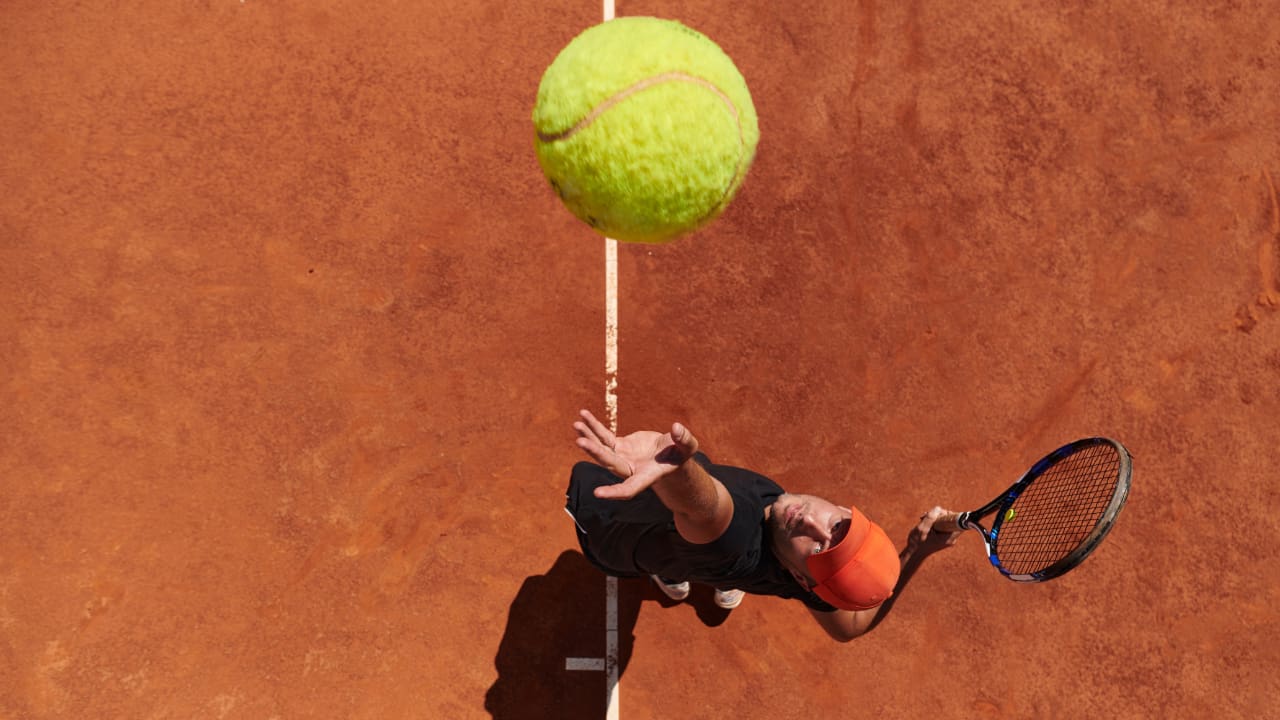
New balls please! But what color should they be? And what part did Sir David Attenborough play in the development of the modern tennis ball?
The Wimbledon Tennis Championships start today. There’s a lot we could talk about here as the tournament organisers have a huge history of trialling new broadcast tech. From 3D to 4K to remote production to sticking AI on remote courts to automate coverage of the minor matches, and with a whole raft of new personalisation tricks up its sleeve for users this year, it’s always a bit ahead of the curve.
Which brings us to 1967, when it was so far ahead of the curve that it changed one of the fundamental parts of the sport.
Courtesy of an Instagram post from the ever-active Wimbledon social media account, we have the story of how Sir David Attenborough rocked up at SW19 with four color TV cameras in tow back in 1967. While Sir David is now ubiquitously known as the voice of natural history programming, back then he has controller of the still fairly new BBC2 TV channel. BBC2 was the third TV channel to be launched the UK and was the first in Europe to broadcast regularly in color, using the tennis from Wimbledon to launch the new-fangled service.
However there was a problem. Unlike snooker which was immeasurably improved by the move from black and white to colour, tennis had the reverse problem in that the fast-moving white ball that had been used since time immemorial was difficult to pick up against the green Wimbledon grass.
Attenborough’s suggestion after the tournament concluded was to move towards a fluorescent ball that would show up much better in viewers’ homes. Not that there were that many color sets back then. My uncle remembers haranguing my grandfather into buying a color set a few years later in 1972. The £333 price he paid then translates into north of £5000 ($6000) now. As he puts it, “There weren’t many holidays for a year or two…”

Definitely yellow. But perhaps a bit green too...
The story doesn’t stop there, though. Peta Pixel takes it up and writes that the International Tennis Federation (ITF) conducted extensive research to find a color that would be visible on both color and black-and-white televisions. Several different colors were tested and in the end, and after five years of testing, fluorescent yellow was deemed to be the most visible on all screens and crucially against the various surfaces — hard, clay, grass etc — used in competition tennis courts.
The optic yellow balls, to give them their official name, were approved in 1972 and have become standard, though ironically Wimbledon kept on using the white ones until 1986.
The story doesn’t quite stop there either. In an oft-cited 2018 Twitter poll, 52% of 30,000 people said that a tennis ball is actually green, with only 42% sticking to the yellow designation. Other polls have thrown up different results favouring yellow or otherwise. The problem is that the balls really do straddle the two colours, the Hex code #ccff00 tending to be referred to as either Fluorescent Yellow or Electric Lime. There are some indications that the perceived color of the ball depends a lot on the surrounding lighting conditions and background colors, but if there is anything that we know here on RedShark it is that discussions about color tend to rile people up, so we’re staying firmly on the fence net on this one
Besides, Roger Federer says they’re yellow and that’s good enough for us.
Roger Federer settles the "What color is a tennis ball?" debate. 🎾🤔
— SB Nation (@SBNation) March 20, 2018
(📹: @delaneyanndold) pic.twitter.com/Vb9OdRqg79
Tags: Technology


Comments